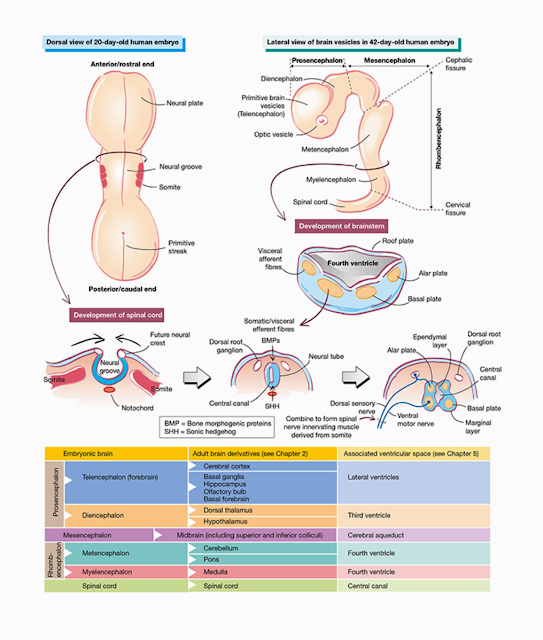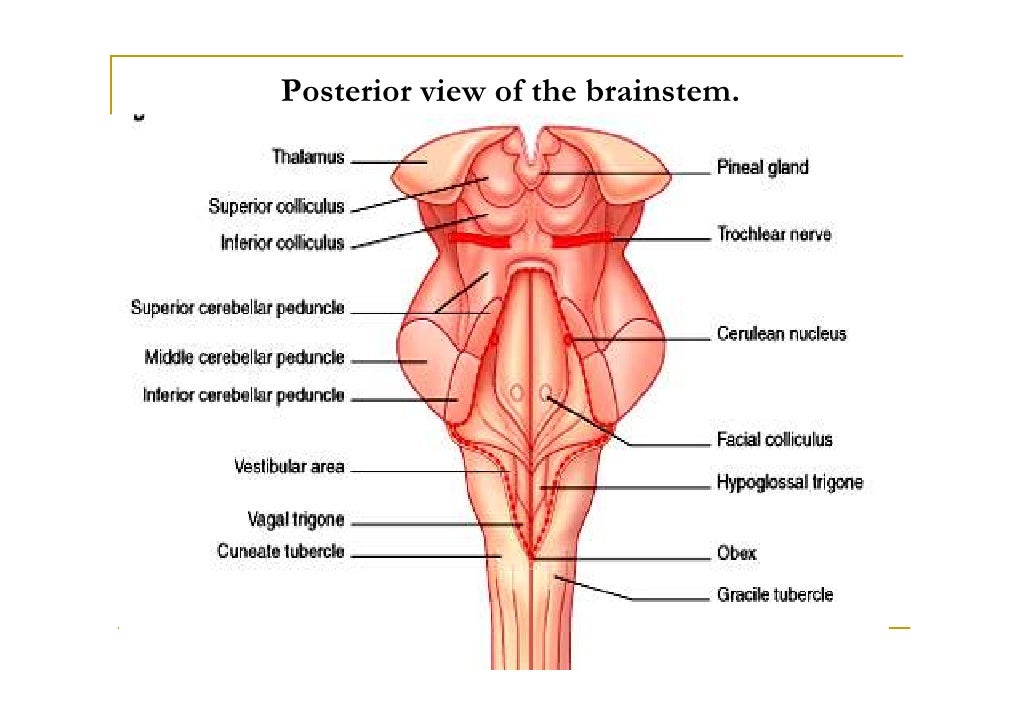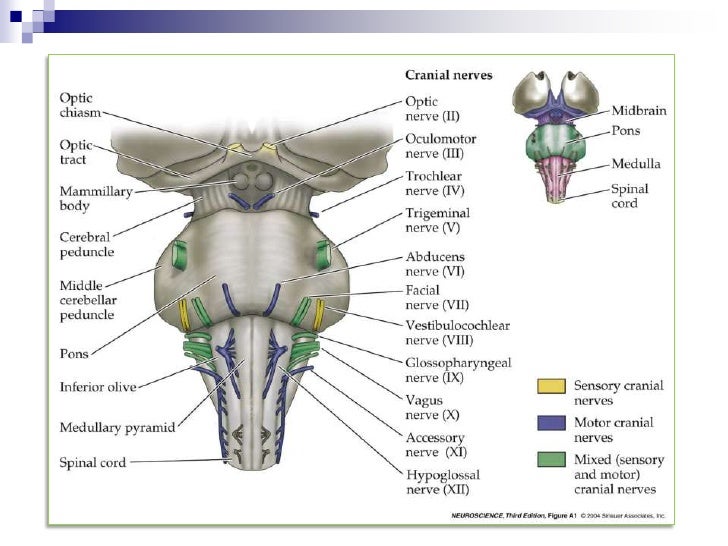Principles
- From a scientific standpoint, emotional intelligence is the ability to accurately perceive your own and others’ emotions; to understand the signals that emotions send about relationships; and to manage your own and others’ emotions. It doesn’t necessarily include the qualities (like optimism, initiative, and self confidence)that some popular definitions ascribe to it.
- Leaders who are motivated to improve their emotional intelligence can do so if they’re given the right information, guidance, and support. The information they need is a candid assessment of their strengths and limitations from people who know them well and whose opinions they trust. The guidance they need is a specific developmental plan that uses naturally occurring workplace encounters as the laboratory for learning. The support they need is someone to talk to as they practice how to handle different situations, what to do when they’ve blown it, and how to learn from those setbacks. If leaders cultivate these resources and practice continually, they can develop specific emotional intelligence skills—skills that will last for years.
- Change driven by hopes and aspirations, change that’s pursued because it’s desired, will be more enduring.
- What we have been told since the time of the Greeks is that every leader must try to control his own passions before he can hope to command the passions of others.
Practical Tips (Self awareness and Management)
When you have negative feelings, slow down and pay some attention to what you are feeling and why you are feeling the way you are.
When you find yourself stressed, anxious, or angry, take five or 10 minutes for yourself during the day. Sit alone
and breathe deeply. The deep breaths help to take some of the energy or arousal out of the feelings you are
having. That can help you to think more clearly.
Aim to understand your feelings and the thoughts that influence them (exacerbating or ameliorating). Use this knowledge about the source of the bad feeling to figure out a plan of how to deal with it.
Strong emotions aren’t bad; they don’t need to be pushed down or controlled; they are, in fact, data. The same could be said for an 'outburst'.
If you’re really upset about something, hold off on actually executing your plan until you have given yourself a chance to calm down.
Aim to be specific in the words you use to describe your emotions:
As you label your emotions, also rate them on a scale of 1–10. How deeply are you feeling the emotion? How urgent is it, or how strong? Does that make you choose a different set of words?
Writing about emotionally charged episodes is often helpful.
Across the board, civility pays. It enhances your influence and performance—and is positively associated with being perceived as a leader.
When it comes to garnering commitment and engagement from employees, there’s one thing that leaders need to demonstrate: respect "MAKE ME FEEL IMPORTANT"
Find ways to not interrupt people e.g. tapping your toe or counting to ten.
Consider tracking your own energy through the day via an energy audit tool, such as “Energy Audit— Awareness and Action,” which is available from the University of Michigan.
Managing emotions isn’t just doing away with them; it’s putting strategies in place that let you use them effectively rather than letting them govern your behaviours and actions. Your emotions are your natural guidance system—and they are more effective when you don’t try to fight them. Emotional ability.
Practical Tips (social awareness and skills)
Apologising for an outburst...
“I got really mad and I’m not proud of my behavior. I’ve been thinking long and hard about what it was that I found so upsetting and I’ve realized that my sense of fairness was challenged because of how the defunding decisions were made.”
There’s research that shows that when you appropriately disclose your emotions in this way, people are more likely to treat you with compassion and forgiveness than if you had just offered an apology.
Behavioural mimicry increases trust because people tend to feel an affinity toward those who act similarly to them.
Giving difficult feedback:
‘I can only imagine what you’re feeling right now. Here you are in my office, in corrective
action. If it were me, I might be feeling angry, frustrated, embarrassed . . . Are any of these true for you?’ That
She gave me the opportunity to grow internally. What made it work was establishing a safe space, trust, and
rapport, and then getting down to “you need to change”—rather than starting with “you need to change,”
The difference in the two (effective vs ineffective) feedback sessions boils down to coaching, which deepens selfawareness
and catalyzes growth, versus reprimanding, which sparks self protection and avoidance of
responsibility.
When preparing for a feedback conversation as a manager, reflect on what you hope to achieve and on what
impact you’d like to have on the employee, perhaps by doing a short meditation just before the meeting.
Good feedback typically comprises the following:
1. An intention to help the recipient grow
2. Openness on your behalf
3. Inviting the recipient into a partnership with you in the problem solving process.
Anger and anxiety lead to suboptimal negotiation outcomes.
Patience and persistence are key ingredients. And looking for win-win i.e. trying to make the overall pie bigger.
Ask questions to understand the other side better
Skilled negotiators use another technique to minimize the odds of regret: the postsettlement
settlement.
One party might say, “We’re good. We have terms we can all live with. But now that we know we’ve reached an
agreement, let’s spend a few more minutes chatting to see if we can find anything that sweetens it for both sides.”
Never brag about the outcome.
Evidence suggests that people prefer to tell lies of omission about facts rather than lies of commission about
feelings.
Attributing strong emotions to passion is a good way to excuse them (e.g. Mark Pugh).
Redirection Step 1 is to redirect your rival’s negative emotions so that they are channeled away from you.
Another common redirection tactic is to introduce a discussion of things you and your rival have in common, or
casually portray a source of tension—a particular initiative, employee, or event—in a more favorable light.
Reciprocity The essential principle here is to give before you ask.
NB If you give and then ask for something right away in return, you don’t establish a relationship; you carry out a transaction.
When done correctly, reciprocity is like priming the pump.
Rationality e.g. by framing your work as beneficial not just to you and your adversary but to the whole organization, which makes the reversal of rivalry in everyone’s interest. When
It would be far more difficult for them to sabotage an effort that was obviously good for the company.
Serving tea/coffee yourself shows deference.
“With all of those egos and personalities, I never said, ‘This is my idea,’” Clendenin recalls. “I always said ‘we.’”
Empathy
Executives who can effectively focus on others are easy to recognize. They are the ones who find common ground, whose opinions carry the most weight, and with whom other people want to work.
3 distinct kinds of empathy, each important for leadership effectiveness:
Cognitive empathy: the ability to understand another person’s perspective.
Emotional empathy: the ability to feel what someone else feels.
Empathic concern: the ability to sense what another person needs from you.
Exercising cognitive empathy requires leaders to think about feelings rather than to feel them directly.
“You need to understand your own feelings to understand the feelings of others.”
Accessing your capacity for emotional empathy depends on combining two kinds of attention: a deliberate focus on your own echoes of someone else’s feelings and an open awareness of that
person’s face, voice, and other external signs of emotion.
Highlight (Yellow) | Location 1669
Learn to focus using deep, diaphragmatic breathing and to cultivate a certain detachment—to watch an interaction from the ceiling, as it were, rather than being lost in your own thoughts and feelings.
“Suspending your own involvement to observe what’s going on gives you a mindful awareness of the interaction without being completely reactive,”
If a doctor realizes that she’s feeling irritated, for instance, that may be a signal that the patient is bothered too.
Those who are utterly at a loss may be able to prime emotional empathy essentially by faking it until they make it, If you act in a caring way—looking people in the eye and paying attention to their expressions, even when you don’t particularly want to—you may start to feel more engaged.
The more distracted we are, the less we can cultivate the subtler forms of empathy and compassion.
Compassion takes empathy a step further. When you feel compassion, you feel distress when you witness someone else in distress—and because of that you want to help that person.
HOW TO RESPOND TO CRITICISM
As you listen to the feedback and your adrenaline starts to flow, pause, take a deep breath, and then follow this game plan.
Acknowledge and set aside your feelings.
Notice and acknowledge to yourself the hurt, anger, embarrassment, or insufficiency you might feel.
Recognize the feelings, label them as feelings, and then put them aside so the noise doesn’t crowd out your hearing.
Also, look beyond the delivery of the criticism. Feedback is hard to give, and your critic may not be skilled at doing it well, but that doesn’t mean it’s not valuable and insightful. Avoid confusing the package with the message.
Next, don’t agree or disagree. Just collect the data. Ask questions. Solicit examples. Recap what you’re hearing, all in the spirit of understanding. Let go of the need to respond. That will reduce your defensiveness and give you space to really listen.
Criticism, especially surprise criticism, is useful information about how someone else perceives you. Following these steps will help make sure you can fully understand it and can learn from it.
Resilience
Resilient people possess three defining characteristics:
They coolly accept the harsh realities facing them.
They find meaning in terrible times.
They have an uncanny ability to improvise, making do with whatever’s at hand.
To recover emotionally and get back on your feet- self compassion.
C.f. Shame has a way of wiping out the very observer who is needed to be mindful of our situation.
What does it take to rescue yourself and begin to address the situation in an effective manner? You need to treat yourself with the same kindness and support as you’d provide for a dear friend.
To achieve these benefits, self compassion must include three components,
Mindfulness: Awareness of what’s going on in the present moment. To be kind to ourselves, first we need to know that we’re struggling while we’re struggling. It also helps to name the emotions we’re feeling in tricky situations and to ground ourselves in the here and now (sensations, sounds, sights). These are all skills associated with mindfulness that make space for a compassionate response
Common humanity: Knowing we’re not alone. Most of us tend to hide in shame when things go really wrong in our lives, or we hide from ourselves through distraction or with a few stiff drinks. The antidote is recognizing our common humanity—understanding that many others would feel the same way in similar situations, and that we’re not the only ones who suffer in life.
Self kindness: A kind and warmhearted response to ourselves. This can take many forms, such as a gentle hand over the heart, validating how we feel, talking to ourselves in an encouraging manner, or by a simple act of kindness such as drinking a cup of tea etc.
The key to resilience is not working really hard all the time. It is actually found in the time that we stop working and recover. Performance and recovery zones.
Research shows that resilient people are generally strong in three areas: challenge, control, and
commitment.
They accept that change, not stability, is the norm; they believe they can influence events in their lives; and they are engaged with the world around them.
SELF COMPASSION BREAK
When you notice that you’re under stress or are emotionally upset, see if you can locate where the emotional discomfort resides your body. Where do you feel it the most? Then say to yourself, slowly: “This is a moment of struggle.” That’s mindfulness. See if you can find your own words, such as:
“This hurts.” “This is tough.” “Ouch!”
2.“Struggle is a part of living.” That’s common humanity. Other options
include: “Other people feel this way.” “I’m not alone.” “We all struggle in our lives.” Now, put your hands over your heart, or wherever it feels soothing, sensing the warmth and gentle touch of your hands, and say to yourself:
3.“May I be kind to myself. May I give myself what I need.” Perhaps there are more specific words
that you might need to hear right now,
such as: “May I accept myself as I am.” “May I learn to accept myself as I am.” “May I be safe.” “May I be strong.” “May I forgive myself.” If you’re having trouble finding the right language, it can help to imagine what you might say to a close friend struggling with that same difficulty. Can you say something similar to yourself, letting the words roll gently through your mind?
Without a moment of selfcompassion, your emotional reactivity is likely to stand in your way—you’d put your anger on display instead of showing off your leadership skills, or you’d let self doubt
eat at your resolve to see a discussion through to an acceptable conclusion.
How to activate selfcompassion in the heat of the moment?
Begin by acknowledging how you feel; for example, recognizing that you might still feel angry (“She’s terrible, and I hate her”), see yourself as the victim (“She made me go through all of that—for what?!”), or doubt yourself (“Maybe she’s right—maybe I don’t deserve a promotion—I didn’t do that great a job after all”).
Next, acknowledge that others would probably have similar feelings in this situation.
Self compassion doesn’t imply that you shouldn’t be ambitious or push yourself to succeed. Rather
it’s about how you motivate yourself. Instead of using a whip—motivating yourself with blame and harsh self criticism— self compassion motivates like a good coach, with encouragement, kindness, and support.
Emotional Intelligence Coaching
Emotional intelligence is difficult to develop because it is linked to psychological
development and neurological pathways created over an entire lifetime (to learn more, see Daniel Goleman’s book The Brain and Emotional Intelligence: New Insights).
What this means in practice is that you don’t have even a remote chance of changing someone’s emotional intelligence unless they want to change.
Carrot and stick performance management processes and the behaviorist approach on which they
are based are deeply flawed; yet most of us start (and end) there, even in the most innovative organizations.
What does work is: First, helping people find a deep and very personal vision of their own future. Then, helping them see how their current ways of operating might need a bit of work if that future is to be realized.
First, find the dream. Once people have a powerful dream to draw strength from, they’re strong enough to take the heat—to find out the truth.
e.g. through a 360 degree feedback instrument like the ESCI (Emotional and Social Competency Inventory), or a Leadership Self Study process (as described in the book, Becoming a Resonant Leader), which gives you the chance to talk directly to trusted friends about their emotional intelligence and other skills.
Finally, craft a gap analysis and a learning plan
Learning goals are big.
So, with a dream in hand and the ugly reality rearing its head at work and at home, he decided to work on developing empathy. As a learning goal, empathy is one of the toughest and most important competencies to develop.
You may need to relearn how to read people and care about them.
People need people—kind and supportive people—when embarking on a journey of self development
In my experience, that begins with you creating a safe space and establishing trust.
Give them credit where credit is due, and then some (many folks are pretty insecure). Be kind.
Emotions are clues that the issue you are discussing is touching on something the person values or believes strongly in.
Look at outbursts as giving you three sets of information: emotional data; factual or intellectual data; and motives, values, and beliefs.
With your beliefs in check, you’ll be better able to get beyond the emotion and facts to the values the person holds that are being compromised or violated. This is critical because your criers and screamers are further triggered when they don’t feel understood. The key is to have a discussion that includes facts, feelings, and values.
People will then feel heard and the emotion will usually dissipate. Then you can focus on making the best business decision possible.
“Steve, you’ve stopped mid sentence a couple of times now. What’s going on for you?”
You will pick up emotions in language, particularly in extreme words or words that are repeated:
“I get the sense you’re frustrated. What’s behind your frustration?”
Emotions spread like wildfire...so strive to constantly model the emotions you want to cultivate in your team/department.





